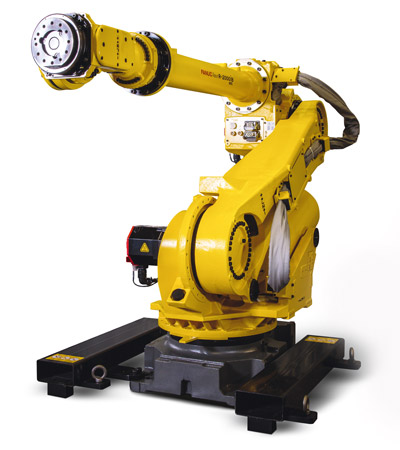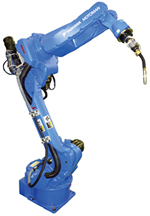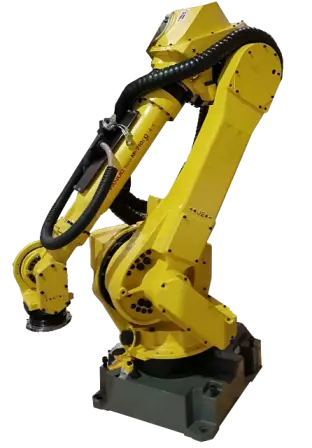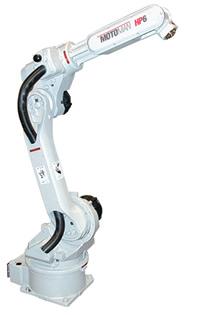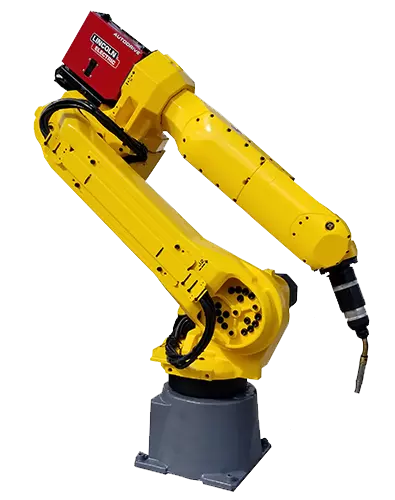What are Some of the Latest Robotic Applications?
Robots have come a long way since they were first introduced to the manufacturing world in the 1950s. The first robots were rigid machines capable of only simple applications. Fast forward to today where robots are flexible, intelligent, and sophisticated. They are capable of performing many types of robotic applications and the list continues to grow with advancing robot technology. The development of 3D vision systems, force sensors, adaptable grippers, and different robot variants has opened up the realm of robotics past traditional industrial settings. Below is a look at some of the latest trends and uses of robotic applications.
Collaborative Applications
In the past, it was a requirement to keep workers and robots separate from one another on production floors through safety fencing and other types of barriers. The development of the collaborative robot, or cobot, changed this by allowing workers and robots to be able to interact with one another directly. Cobots are specially designed for collaborative work alongside humans on production lines. Their special sensors and more rounded design eliminate the need for safety barriers. This has opened up manufacturing capabilities by allowing robots to directly assist humans. Even Amazon has begun to deploy cobots in their warehouses for assisting workers by lifting and retrieving items for them, adding extra muscle power for heavy parts and speeding up operations. Many robotic manufacturers have developed cobot models. FANUC started out with their CR-7ia, but now has an entire line of collaborative robots.Additive Manufacturing Applications
Additive manufacturing, or more commonly known as 3D printing, has become extremely popular in recent years. Many manufacturers have adopted 3D printing in order to produce prototypes or consumer goods in a cost-effective and timely manner. Robots are being incorporated into additive manufacturing processes including robots from ABB and FANUC. The FANUC M-710ic can be deployed for depositing materials into 3D printers. While the ABB IRB 2600 can assist with tending of printers by loading and unloading build plates. 3D printing with robots increases efficiency, accuracy, and productivity, which is why companies are automating their additive manufacturing applications with them.Agriculture Applications
It may be surprising for some to learn that robotic applications are now being implemented amongst the agricultural industry. Due to problems stemming from labor shortages, pests, and inconsistent harvests, those in the industry have begun to automate with robots. Robots are being deployed for milking cows, monitoring pollutants, planting and seeding crops, picking fruit, among many other applications in the industry. Robots provide reliable solutions for improving harvest quality, increasing production, and combating the diminishing labor force in farming.Pharmaceutical Applications
The development of cleanroom robots has led to the use of robots outside of traditional industrial manufacturing settings. Many major robotic manufacturers have developed lines of cleanroom robots or offer cleanroom options for some of their standard models. The FANUC LR Mate 200id/7C meets stringent standards of the pharmaceutical industry. It features a special coating and non-gassing lubricant to prevent containments from being expelled from the robot. Cleanroom robots are being deployed by pharmaceutical manufacturers for the accurate dispensing and packaging medications. Their repeatability ensures every container is filled correctly, while also preventing medications from being contaminated during production.Robots Done Right is the place to start when it comes to used robots. Contact us if you are interested in buying or selling a used robot.
